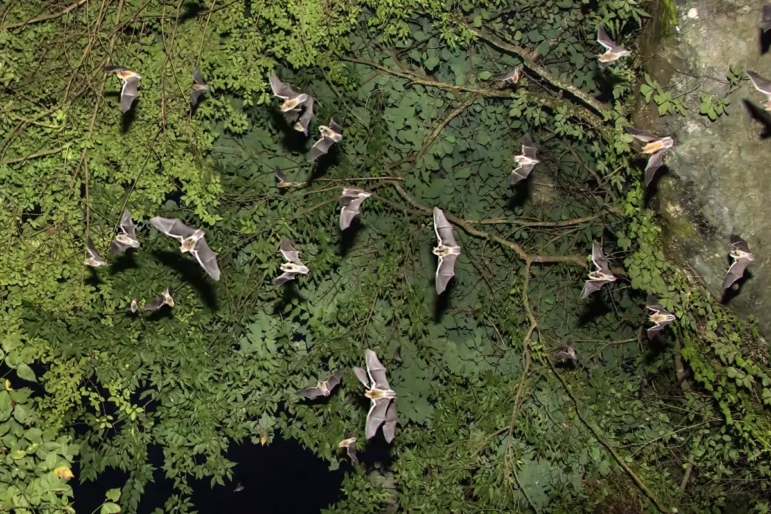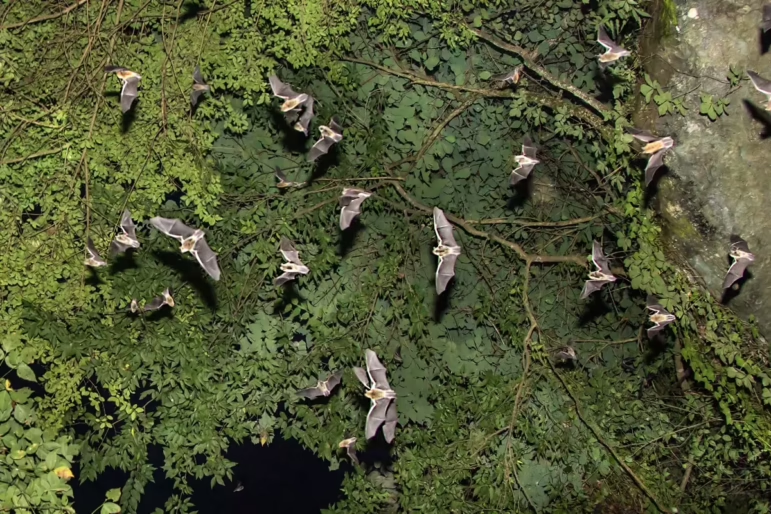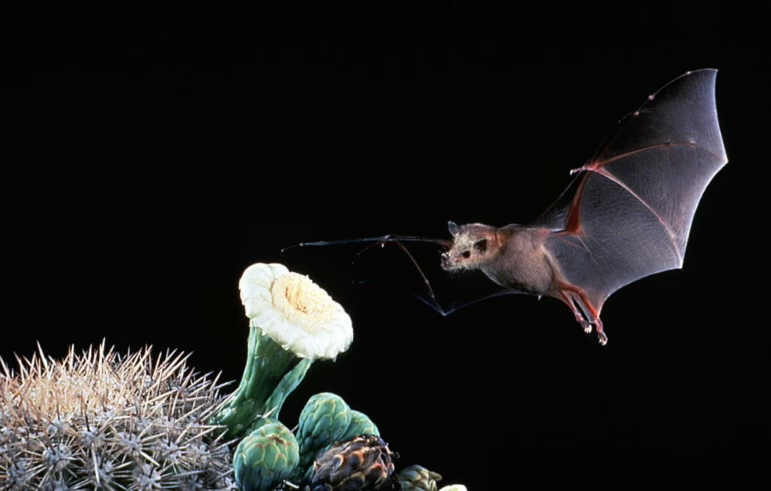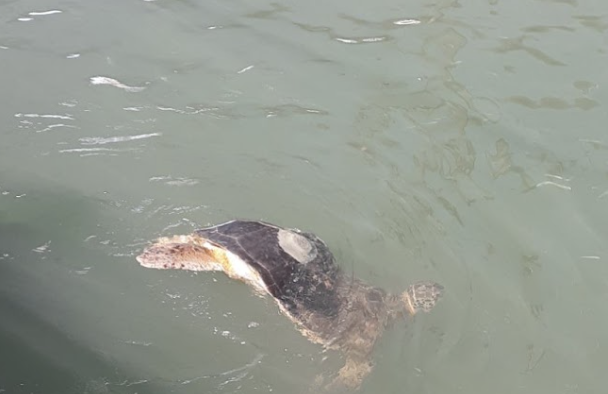Bats are Irreplaceable. Once They’re Gone, They’re Gone for Good

Tiny, leathery silhouettes dart through moonlight, each one tracing invisible lines between the stars. Their destination? A sea of pale, open blossoms. Agaves and organ pipe cacti, glowing faintly white beneath the Arizona moon.
This is the realm of the bats, our quiet heroes of the night. The pollinators of the impossible. And right now, they’re in trouble.
High above the Sonoran Desert, the Lesser Long-Nosed Bat begins its nightly journey. Its wings whispering in the air as it glides from cactus to cactus, dipping its long snout deep into a flower’s trumpet to drink nectar. Dusting its fur with golden pollen, a gift it will deposit miles away to another bloom before dawn.
For centuries, this scene has played out across the American Southwest and Mexico, a partnership as ancient as the desert itself. These bats are the reason agaves bloom, the reason tequila exists, the reason the organ pipe cactus still stretches its arms skyward. But today, this symbiotic relationship is at risk.
Once on the brink of extinction, the Lesser Long-Nosed Bat has faced habitat loss, pesticide use, and fear-driven extermination, which nearly silenced its migrations. Thanks to the Endangered Species Act, conservationists built roost sanctuaries and protected migratory corridors, and against all odds, the bat returned. Today, it’s one of the few ESA success stories: delisted, but still closely watched. Its recovery is fragile, and agave flowers still depend on it.
A few states away, hidden in caves beneath Indiana, Kentucky, and New York, the Indiana Bat and Northern Long-Eared Bat hang motionless, hibernating through winter. These once-common bats began vanishing from entire regions some years ago. The culprit? A mysterious fungus that wakes them too soon from hibernation, draining their energy until they perish by the millions. White-nose syndrome has decimated bat species across the United States, causing once plentiful populations to be evaluated and added to endangered and threatened species lists. The Endangered Species Act, first passed in 1973, now serves as their shield against memory and extinction.
The ʻŌpeʻapeʻa – Hawaiian Hoary Bat, the Gray Bat, the Indiana Bat, the Florida Bonneted Bat, and the Lesser Long-Nosed Bat all tell versions of the same tale: one of near-loss and fragile recovery. Testaments to what the Endangered Species Act was built for, to protect not just individual creatures, but the delicate relationships that sustain life on Earth.
The post Bats are Irreplaceable. Once They’re Gone, They’re Gone for Good appeared first on Endangered Species Coalition.





Responses